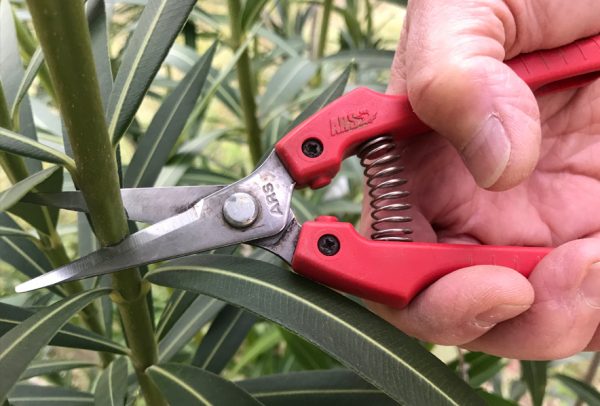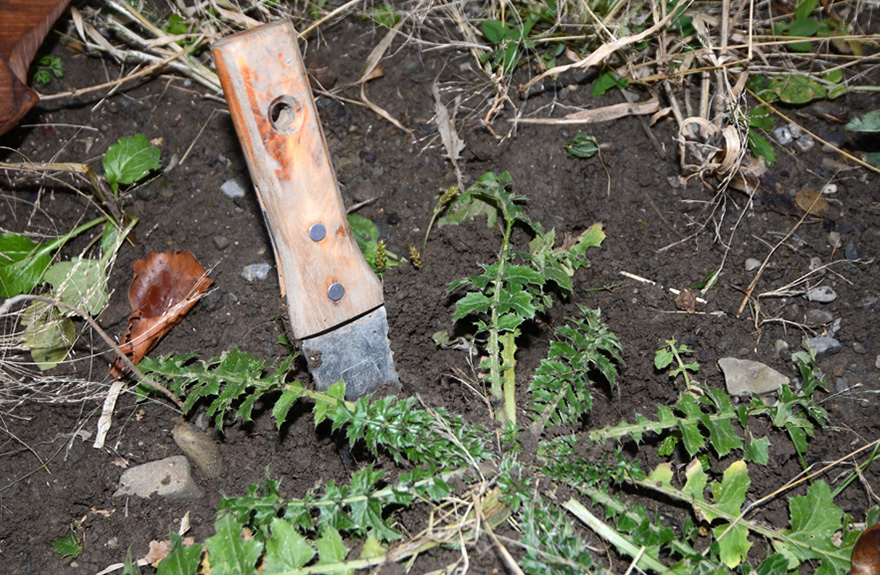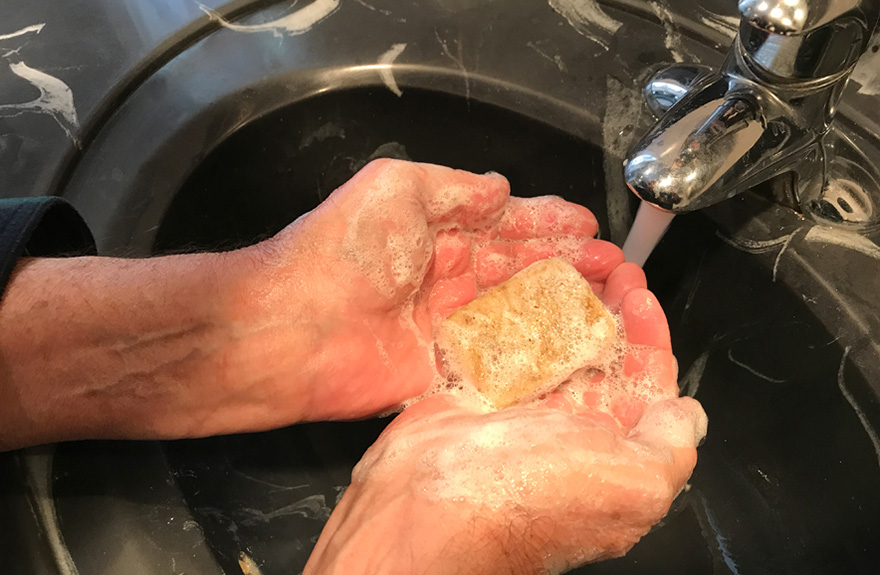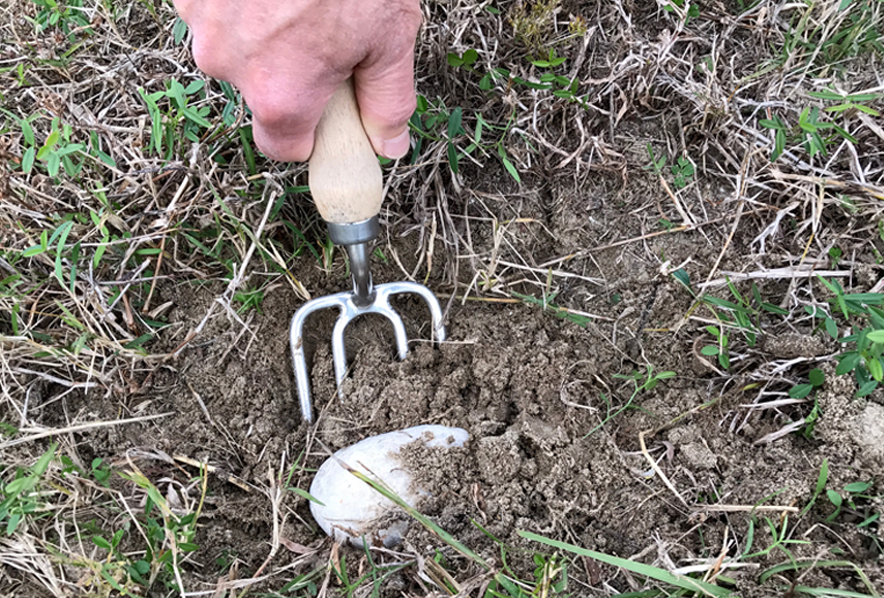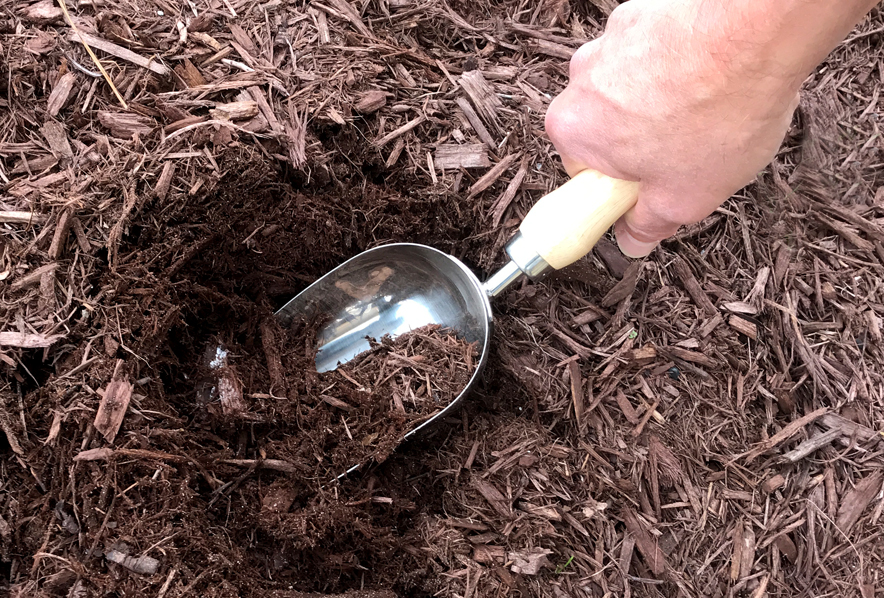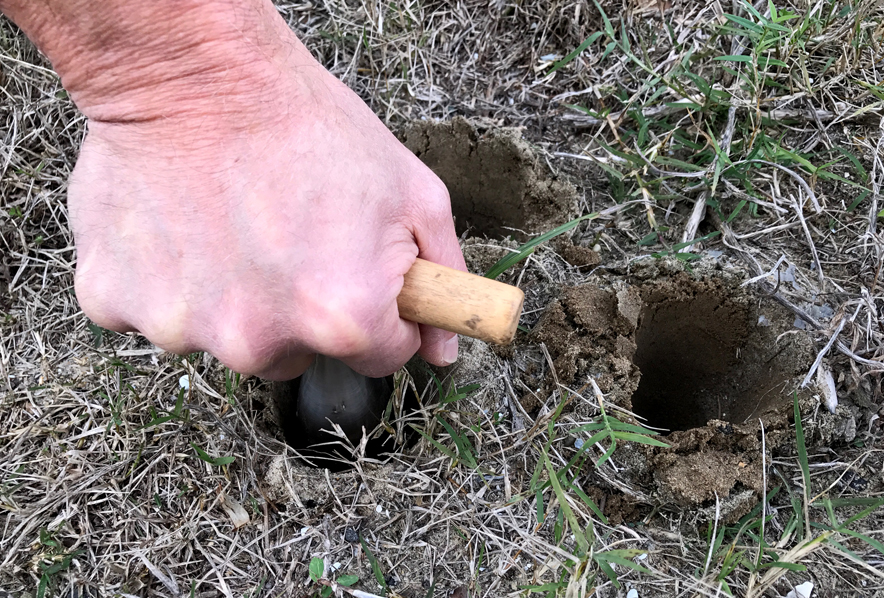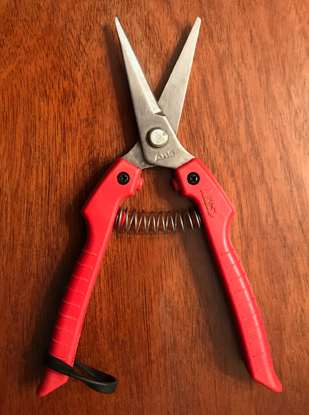
Harvesting History Heirloom Japanese Fine Pruning Shears
-
- **SOLD OUT** HOLIDAY GIFTS **SOLD OUT**
- **SOLD OUT** Holiday Books **SOLD OUT**
- **SOLD OUT** Holiday Citrus **SOLD OUT**
- **SOLD OUT** Holiday Gift Certificates **SOLD OUT**
- **SOLD OUT** Holiday Paperwhites **SOLD OUT**
- **SOLD OUT** Holiday Praying Mantis Kits **SOLD OUT**
- **SOLD OUT** Holiday Tools **SOLD OUT**
- **SOLD OUT** Holiday Wildflower Mixtures **SOLD OUT**
- Citrus Trees
- **SOLD OUT** - Vegetable and Herb Plants - Mix & Match any 6 Plants for $50 - Only Shipped in Quantities of 6
- Elephant Ear Plants & Roots
- **SOLD OUT** 4-Inch Pot Herb Plants **SOLD OUT**
- Rare Plants
- **SOLD OUT** Vining Plants **SOLD OUT**
- Asian Seeds
- Beneficial Bugs
- Books
- Citrus Fertilizers
- Cold-Treated Bulbs - SEE BULBS FOR FALL PLANTING TO ORDER
- Cold-Treated Allium
- Cold-Treated Chionodoxa
- Cold-Treated Crocus
- Cold-Treated Hyacinthoides
- Cold-Treated Hyacinthus Orientalis
- Cold-Treated Narcissus
- Cold-Treated Cyclamineus Narcissus
- Cold-Treated Double Heirloom Narcissus
- Cold-Treated Jonquilla Narcissus
- Cold-Treated Large Cupped Narcissus
- Cold-Treated Poeticus Narcissus
- Cold-Treated Small Cupped Narcissus
- Cold-Treated Species Miniature Narcissus
- Cold-Treated Split Cupped Narcissus
- Cold-Treated Tazetta Narcissus
- Cold-Treated Triandus Narcissus
- Cold-Treated Trumpet Daffodils
- Cold-Treated Ornithogalum
- Cold-Treated Rock Garden Iris
- Cold-Treated Scilla
- Cold-Treated Tulips
- Cold-Treated Emperor Tulips
- Cold-Treated Fringed Tulips
- Cold-Treated Green or Viridiflora Tulips
- Cold-Treated Lily Flowering Tulips
- Cold-Treated Parrot Tulips
- Cold-Treated Peony Flowering Tulips
- Cold-Treated Single Early Tulips
- Cold-Treated Single Late Tulips
- Cold-Treated Species Tulips
- Cold-Treated Triumph Tulips
- Flower Bulbs, Corms and Tubers
- Bulbs for Spring Planting
- Bulbs for Fall Planting - ALL BULBS AVAILABLE ARE COLD TREATED FOR PLANTING AS SOON AS SOIL CAN BE WORKED
- Fall Blooming Bulbs
- Garden Tools & Equipment
- Gift Certificates
- HHH Exclusive Wildflower Mixtures
- Wildflower Mixtures
- Heirloom Garlic
- Potatoes
- Roots & Sets
- Seeds
- Flowers
- Herbs
- Vegetables
- **SOLD OUT** HOLIDAY GIFTS **SOLD OUT**
-
- No products to compare
-
Quick Overview
Harvesting History Heirloom Japanese Fine Pruning Shears
The needle nose shears offered by Harvesting History are a Japanese design created for precise and selective pruning of Bonsai and ornamentals. These shears are also excellent for harvesting fruits and vegetables. They are constructed of Japanese steel, the finest steel manufactured today. The blades are 2 inches long and come to a needle nose point. The handles are covered in a sturdy rubberized plastic. These shears are made to last decades. The ones in use at Harvesting History have been in use for 16 years.

Harvesting History Heirloom Japanese Fine Pruning Shears
Pruning shears are an ancient tool first introduced around 6000 BC in Armenia where they were used to prune grape vines to increase productivity. This date coincides with the beginning of the Modern Era and as civilization spread west through Babylonia, Egypt, Greece and Rome so did the grape and pruning tools. By 100 BC, the vine and pruning shears had reached Britain.
Every cutting task has an implement dedicated to accomplishing it. Secateurs (clippers) for shrub pruning, loppers, scythes and saws are all cutting tools. Through more than 7000 years until The Renaissance, basic pruning tools remained virtually the same. The Roman falx and the British billhook became the precursors of most, if not all, modern cutting tools. In fact, descendants of the falx became the inspiration for the fine cutting tools used for espalier work.
Then came the Victorian Era and with it a revolution in the design and development of garden tools – especially hand tools. Just before the beginning of the Victorian era, 1822, J. C. Loudon wrote a book entitled, An Encyclopedia of Gardening, which described all kinds of chisels, axes, saws, shears, scythes, garden scarifiers, bark scalers and moss scrapers, but the real divas of the 19th century tools were the scissor-action tools created and perfected by the French. These tools were scissor-action, hand pruners that rested lightly in one hand yet could cleanly sever stems more than 1 inch in diameter. The scissor-action technology introduced by the French quickly spread to much larger cutting tools.
The Japanese, decades later, after the country opened its doors to Admiral Perry and the nations of the West, began to refine the French designs, and needlenose pruners made from extraordinarily strong Japanese stainless steel exploded in popularity. Today, the finest hand pruners in the world are manufactured in Switzerland and Japan.
The beauty, elegance and exactness that these fine tools produced in the hands of individuals who were both fine gardeners and exquisite artists is truly unforgettable. Anyone who has encountered the artistry of a finely crafted bonsai can attest to this assertion. No one, I believe, has described this truth more accurately than Jean Baptiste De La Quintinye, a legendary gardener who was born in the vineyard-rich Charente region of France and as an adult became the creator of the Kitchen Gardens and the Royal Botanist at The Palace of Versailles for The Sun King, Louis XIV. De La Quintinye wrote,
“I am persuaded that pruning is not onlya very useful but also a curious thing, capable of affording pleasure to those that understand it. But at the same time, it must be acknowledged that it is likewise pernicious or dangerous when performed by unskillful hands….
Everybody cuts, but few prune….”

